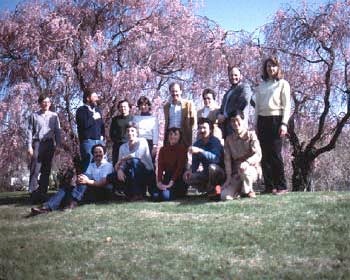A New Multi-Disciplinary Unit
| Div | ||||||||||
|---|---|---|---|---|---|---|---|---|---|---|
| ||||||||||
|
| Div | ||||||||||
|---|---|---|---|---|---|---|---|---|---|---|
| ||||||||||
|
References
- Letter from John Bonica to Aaron Ganz, from the John J. Bonica Papers, Ms. Coll. 118, John C. Liebeskind History of Pain Collection, UCLA.
- John Bonica, "Introduction," to John Bonica and Lorenz Ng, Pain, Discomfort, and Humanitarian Care (Elsevier, 1980) p. 29.
- John J. Bonica, The Management of Pain (Lea and Febiger, 1953) p. 154.





